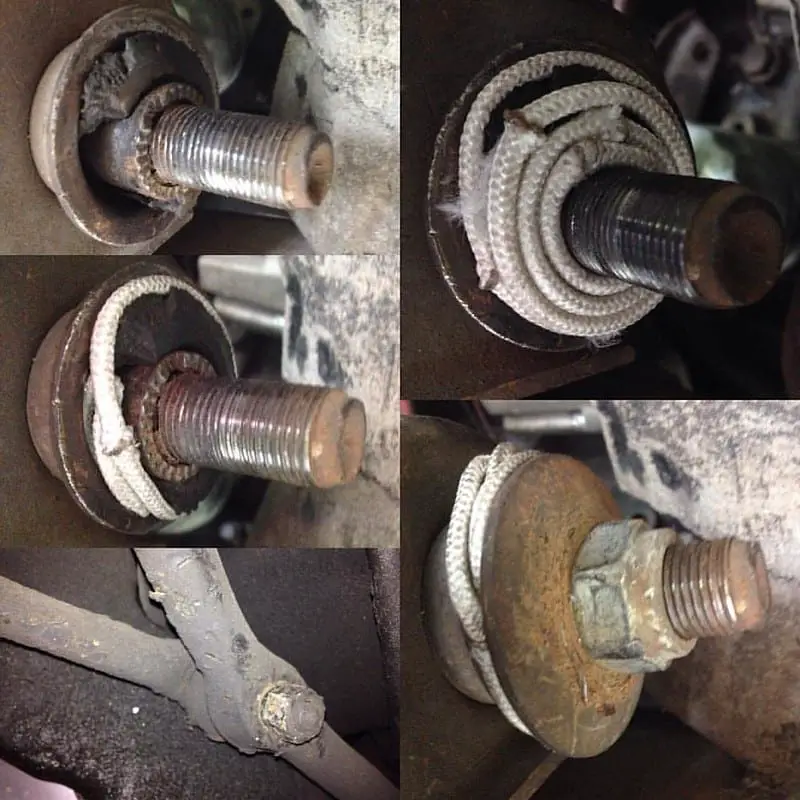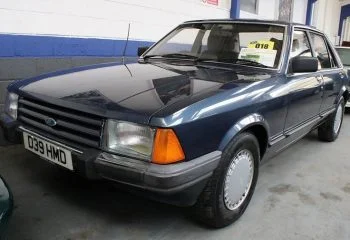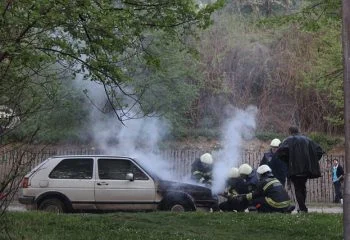Driving is a necessity for many us, and when it comes to the safety of you and your passengers on the road, having an understanding of how car components work is critical.
It’s important to know the symptoms associated with damage to those parts, such as a faulty inner tie rod – after all, knowledge can make all the difference between noticing changes in your car before they become too severe and expensive to repair.
In this blog post, we’ll take a look at some bad inner tie rod symptoms so that you can ensure your vehicle remains safely on the roads!
What's in this post?
What are Bad Inner Tie Rod Symptoms?
You Hit Potholes And Curbs Hard
Potholes and curbs are the silent killers of your inner tie rod for two reasons. First, they can jar the inner tie rod loose from its socket, causing it to come into contact with other moving parts in the steering system. Second, they can damage the inner tie rod itself, causing it to wear down prematurely or break completely. Either way, the end result is the same: costly repairs that could have been avoided entirely.
So how can you avoid damaging your inner tie rod? The best way is to simply avoid potholes and curbs whenever possible. But we all know that’s not always possible, especially in winter when potholes are more prevalent.
That’s why it’s important to regularly inspect your inner tie rod for any signs of damage. If you do hit a pothole or take out a section of curb, have your car inspected by a qualified mechanic as soon as possible to ensure there’s no damage. Taking these simple steps will help keep your inner tie rod in good condition for years to come.
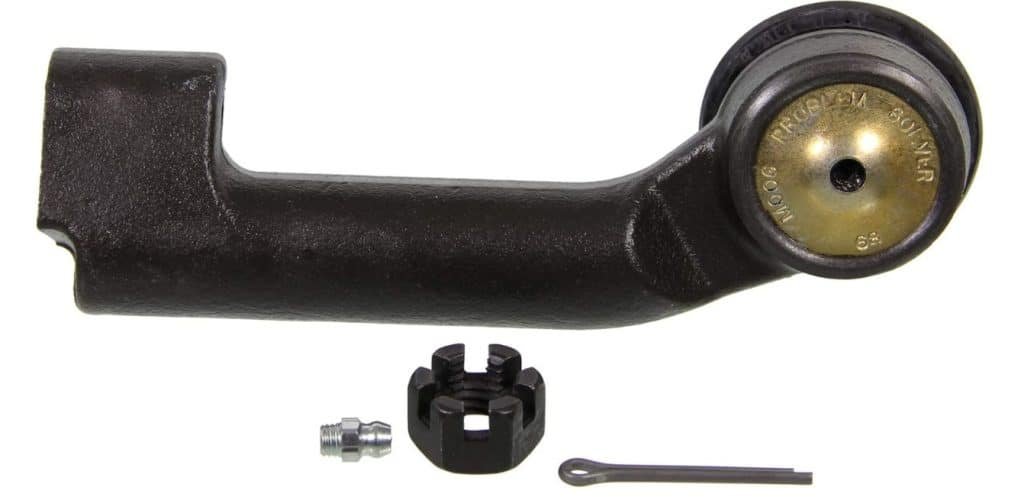
Uneven Tire Wear
Uneven tire wear can be caused by an inner tie rod that has become damaged or worn over time due to extended use. The inner tie rod connects the steering rack to the outer tie rod, and when it fails, it can cause the wheels to turn in different directions. This will result in uneven tire wear as well as poor handling and reduced stability.
Other common causes of uneven tire wear include misaligned wheels and an old suspension system that has not been maintained properly. It is also important to check for any signs of physical damage that could be causing the problem such as bent rims or cracked tires.
If you suspect that your car’s inner tie rod needs to be replaced, then you should have it inspected by a professional mechanic who specializes in suspension systems. They will be able to determine if the inner tie rod needs replacing and provide you with an estimate for the repair cost.
Steering Wheel Vibration
Another symptom that could point towards an issue with your inner tie rod is a vibration coming from your steering wheel when making turns or driving on rough terrain.
This can indicate that something isn’t quite right with how the car is responding to your inputs from the steering wheel, and usually indicates that something needs adjusting or replacing within the steering linkage assembly (which includes the inner tie rod).
The vibration may start as mild shaking but can become worse over time if left unchecked. This can happen when one or both of the nuts become loose due to age, use, or wear and tear. A worn-out inner tie rod can also cause sloppy steering control, resulting in difficulty turning or maneuvering the vehicle.
Vehicle Alignment Issues
One of the clearest indications that your inner tie rod may be failing is when you experience issues with your vehicle alignment. If your steering wheel is off-center or you feel as though it pulls to one side while driving, these can be signs that something is wrong with your inner tie rod.
This type of issue can also result in excessive tire wear, so if you notice any unevenness on the tires, it may be worth having them inspected by a professional mechanic.
Clunking or Knocking Noises and Shaking
Another common bad inner tie rods symptoms is clunking or knocking noises when turning the wheel or when driving over bumps in the road. You may also feel shaking coming from your steering wheel as you drive.
These signs could indicate that there are loose parts within the steering assembly, likely caused by an issue with the inner tie rod itself.
When You Turn, You Hear a Squealing Sound
If you hear a squealing sound when making turns with your car, this could be another sign that something isn’t right with your inner tie rod. This sound usually occurs due to worn out rubber boots covering a part of the assembly (such as those covering one of its ball joints).
This noise can often signal an imminent failure in other parts of the system, making it important to have it checked out as soon as possible before further damage occurs.
FAQ About Bad Inner Tie Rod Symptoms
What is a tie rod?
- Inner Tie Rods
The inner tie rod is what connects the steering rack to the outer tie rod. It is a metal rod that goes through the center of the steering rack. The inner tie rods are held in place by a nut and bolt. The inner tie rods are what give your car its steering power.
- Outer Tie Rods
The outer tie rods are what connect the wheel to the inner tie rod. They are also metal rods that go through the center of the steering rack. The outer tie rods are also held in place by a nut and bolt. The outer tie rods give your car its turning power.
How Does the Tie Rod Work?
The purpose of the tie rod is to transmit the force from the steering wheel to the wheels so you can turn them. When you turn the steering wheel, it turns the rack and pinion or steering box. This in turn moves the inner tie rods.
The outer tie rods are attached to the inner tie rods and they also move when you turn the steering wheel. The outer tie rods are also connected to the steering knuckles. When you turn the steering wheel, it causes the inner and outer tie rods to move, which in turn moves the wheels and steers your car.
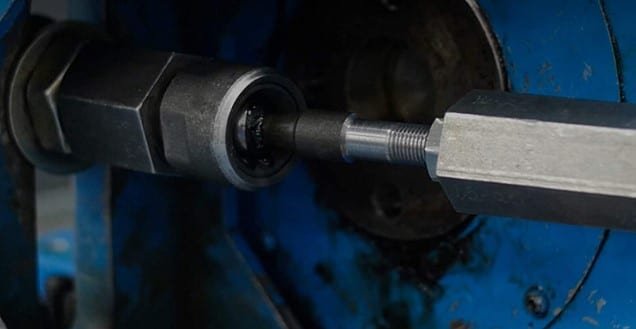
Can I Drive With A Bad Inner Tie Rod?
It is not recommended to drive with a bad inner tie rod because it can lead to dangerous driving conditions. The lack of precision control over the wheels makes it difficult to maneuver accurately at higher speeds or in tight spaces, increasing the risk of an accident occurring due to improper control over the vehicle.
Additionally, a bad inner tie rod can exacerbate existing issues such as uneven tire wear or poor alignment problems which will make handling even more difficult and potentially dangerous.
How Much Does It Cost To Replace An Inner Tie Rod?
The cost for replacing an inner tie rod depends on several factors, such as make and model of your vehicle and whether or not labor is included in the repair cost. Generally speaking, you can expect to pay anywhere from $150-$400 for replacement parts alone. Labor costs can range from $100-$150 per hour depending on how much work needs to be done.
What Factors Affect The Cost Of Replacing An Inner Tie Rod?
The cost of replacing an inner tie rod will depend on several factors, including the make and model of your car and how difficult it is to access the part. Some vehicles require more labor-intensive repairs than others due to their design or size.
Additionally, some vehicles may require additional parts or services that could add to the total cost of replacement. Finally, some shops may offer discounts for customers who bring their own parts or provide additional services such as alignment after installation which could help reduce overall costs.
In The End
The inner tie rod carries a great deal of responsibility within the car’s steering system. When it is not functioning properly, it can cause a variety of problems and dangerous situations.
Therefore, if you are experiencing any of the bad inner tie rod symptoms discussed in this blog post, it is extremely important to inspect your steering system to ensure that your tie rod is intact and working correctly.
If not, you should make sure to schedule an appointment with a car mechanic in order to make any necessary repairs or replacements. It may seem like a large hassle now, but taking the time to address these issues quickly can prevent more costly damage from being done in the future.
So keep your safety – and your wallet – in mind as you take measures to maintain good car health and prevent inner tie rod problems.

